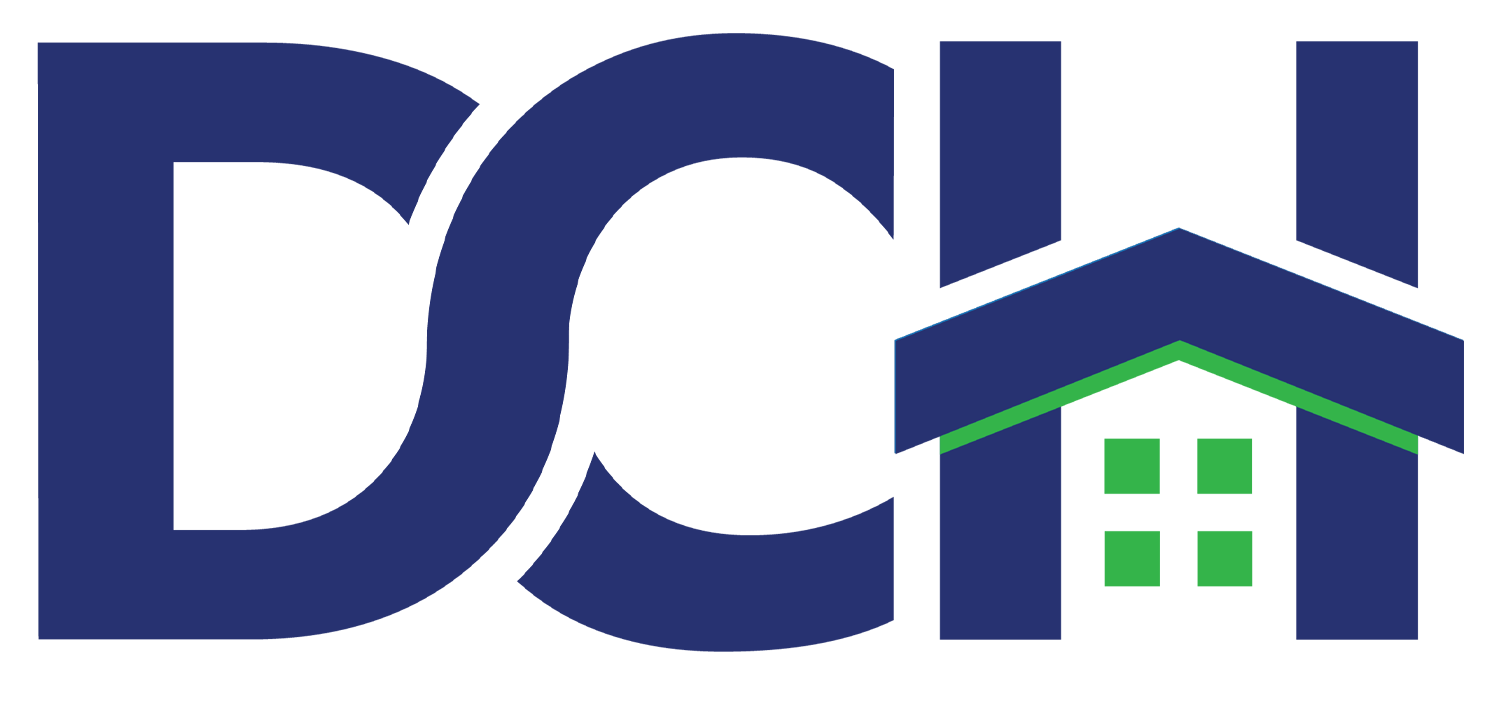Learning Where We Live: Education, Equity, and Health in Dallas
Education is one of the forces that shape health, wealth, and opportunity in Dallas. It is also one of the places where our history, in terms of policies and district divisions drawn on paper, still can determine who thrives.
Education, Place, and Health: Why History Still Matters
Education is a core social determinant of health. People with higher levels of education are shown to live longer, have lower rates of chronic disease, and are more likely to access preventive care and secure stable employment. Research shows strong links between educational attainment, life expectancy, and health behaviors.
Access to education is not evenly distributed. It is shaped by housing policies, school boundaries, and investments that favor neighborhoods over others. Decisions create inequity beyond gaps in test scores, and also gaps in health outcomes, and homeownership rates.
How Redlining Drew the Map for Educational Inequity
In the 1930s, the federal Home Owners’ Loan Corporation (HOLC) graded neighborhoods in cities across the U.S., shading diverse and low-income communities as “hazardous” for lending purposes. These maps contributed to decades of disinvestment through fewer loans, lower home values, and under-resourced schools.
Even after redlining was outlawed, its effects persisted through property-tax-based school funding, which ties school resources to home values; attendance boundaries that track along segregated housing patterns; and zoning policies that limit where affordable housing can be built. Present-day schools in historically redlined areas often receive significantly less per-pupil funding and serve students with higher levels of poverty, reinforcing cycles of limited opportunity and poorer health outcomes.
Case Study: Dallas, Lines on a Map, Lives in a City
Dallas offers another clear example of how housing and education are intertwined. Historic HOLC maps and subsequent local lending practices categorized much of South Dallas, parts of West Dallas, and other communities of color as “red” or “declining.” These areas faced restricted access to credit, suppressed property values, aging infrastructure, and fewer public and private investments.
Health and Education
The impacts on education have been lasting. Schools serving historically redlined neighborhoods have had to operate with fewer local resources, even as they serve students facing higher barriers related to poverty, environmental exposures, and health risks.
School boundaries and how districts are drawn can reinforce segregated housing patterns, which concentrate disadvantages. These same neighborhoods show higher rates of preventable disease, lower life expectancy, and reduced access to healthcare patterns directly tied to the combined impacts of housing, education, and economic segregation.
This history informs our commitment to championing equitable development and community-centered initiatives, as well as investing in neighborhoods that have long been excluded from opportunities: good schools and housing change health and educational trajectories in a single generation.
Through Lines in Education Inequity in Metropolises Across the U.S.
Major U.S. cities reveal the same through-line: discriminatory housing policies, segregated schools, and unequal health. In Los Angeles, research mapping historic redlined areas against modern school performance revealed that high-poverty, under-resourced schools are disproportionately located in formerly redlined neighborhoods. And in New York City, decades after legal segregation, NYC remains one of the most segregated school systems in the country, reflecting exclusionary housing patterns that limit access to high-performing schools.
Across cities where we restrict where families live, we limit where children can learn, and those constraints echo in health statistics for generations.
Education as a Health Intervention
When education is viewed through a public health lens, the conversation shifts to one that is more positive and looks forward to solutions. Access to strong early childhood programs, safe and well-resourced K–12 schools, and affordable higher education leads to increased earning potential and housing stability, reduces exposure to violence and chronic stress, supports health literacy and informed decision-making, and expands access to employer-sponsored insurance and care. Schools are one of our most powerful public health institutions, especially in communities that have faced disinvestment.
Addressing redlining’s legacy corrects not only the housing market but corrects health inequity. DCH supports mission driven, community-centered development and expanding access to quality, affordable housing through working alongside educators, health systems, and local leaders. Part of our mission to increase equitable access to education is to stabilize families so students can attend and engage in school, support development near educational and transit assets, and advocate for policies that align housing, education, and health equity.
In this season of gratitude, we honor educators, staff, administrators, tutors, after-school leaders, neighborhood advocates, and mentors across Dallas who expand opportunity day after day.

